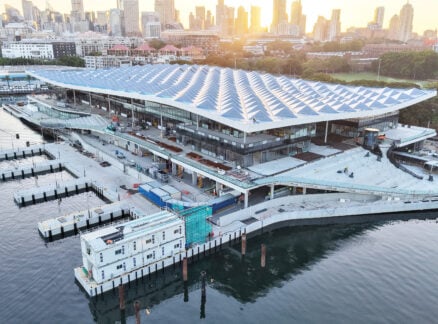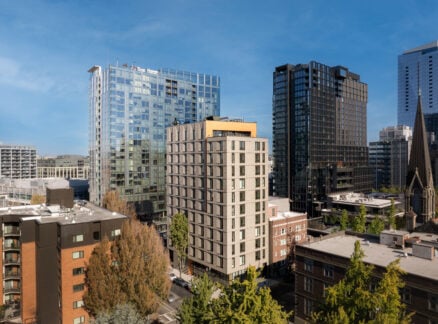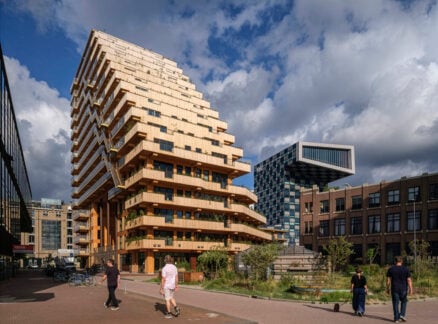
October 29, 2012
Will Open Source Architecture Perpetuate Old Mistakes?
Open Source architecture can give everyone access to design, but it has a long way to go before it can solve everyone’s problems.
A fundamental piece of Architecture 3.0 is to give everyone access to better design. Period. Better design can take the form of housing, civic structures, parks, sports centers, restored habitats or community developments. Many organizations are developing open source options that increase access to such places. The precedent of transparency, peer review, and collaboration built into the open source software can be influential in disrupting architecture from its status quo mentality in building design and construction. The results could be strengthened neighborhoods and enhanced quality of life.
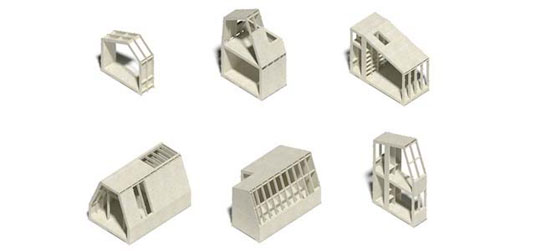
Case in point: the recent 1/10th winner of the TED City 2.0 Prize 2012, WikiHouse. WikiHouse is an open-source set of construction documents that “allows anyone to design, download, and ‘print’ CNC-milled wooden houses and components, which can be assembled with no formal skill or training.” One of its instigators, the designer Alastair Parvin from design collective 00:/, sees the future of design and construction of housing as a process “done not just by teams of professionals, but by open communities of user-makers, designing and making for themselves.” Open source plus digital fabrication equals a building economy that cab deliver (1) choice in design, (2) great design, and (3) customizable design. Sounds promising? It is. This is a revolutionary way of producing architecture. And Wikihouse is more than deserving of the TED Prize.
However, as the practice of open-source migrates from the virtual to the material world, from software to hardware, can we ensure that the products of open source development fulfill the promise of a new peer-to-peer economy, especially in instances that involve complex systems and interactions? Access alone is not enough. Tools that allow non-professionals (or inexperienced designers) to make intelligent decisions about how they build make all the difference. Critical information may include how to create climatic interaction, siting of the structure, and customization of a downloaded edifice. Without basic sustainability design tools and techniques, the best of intentions can fail, thereby creating the next generation of bad architecture that, in the long run, be a disservice to the people targeted to be helped in the first place.
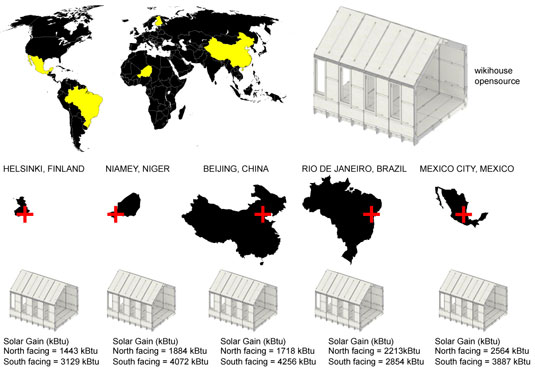
Imagine you are in Africa or Central America, Eastern Europe or the Caribbean, and you download a design of a house from an open source website – what next? How do you site it to optimize natural ventilation or passive solar interaction? How should you customize the walls to prevent thermal exchange during the cold months? Or, more practically, should you even consider thermal exchange for your climate? Do you even know what thermal exchange or natural ventilation is? Is it safe to change the design? These are just a few initial questions that influence effective architecture, and that’s just for one dwelling. Imagine you are an NGO wanting to build 1,000 or 100,000 homes. Is open source architecture setting up an entire segment of the population to live in uncomfortable, inefficient spaces that could create health issues over the long-term as well as need more energy than necessary and cause bigger problems than solve? It all comes down to better software. You can’t guess your way into ideal sustainability. The green building industry currently has freeware packages like eQuest and EnergyPlus. Couple these with open source design tools such as SketchUp, and some evaluation can be accomplished, but only if users have proper training and/or knowledge.
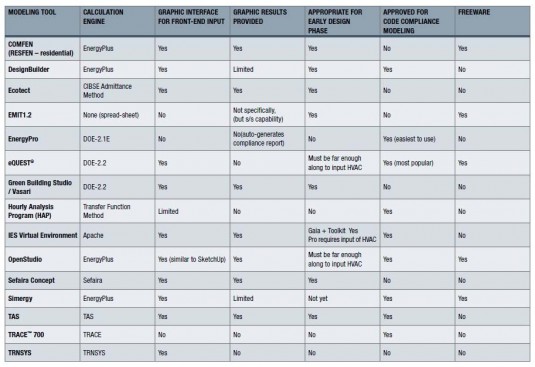
The lack of expertise in cities of the developing world as well is in developed countries is a contributing factor to inefficiencies. The high amounts of energy consumption in the United States is precisely because buildings and infrastructure were built in the absence of proper sustainable strategies and powerful computational tools. This is why over-consumption has come to define the American lifestyle. It’s naive to believe that access alone will cure the ills of the poor and impoverished. Without tools that inform and predict user experience accompanying open source design, a new wave of inadequate architecture is guaranteed. This is not the path to a more just and sustainable world. Open source software that allows for easy customization of such products as WikiHouse for every climatic condition worldwide is needed to fulfill the great opportunity they promise. Intelligent, intuitive building assessment software will revolutionize architecture for the good of all. In other words, climatic connectivity, natural ventilation, energy efficiency, daylighting, wall insulation optimization, and energy modeling – yeah, we need an app for that.
Neil Chambers, LEED-AP is the CEO and Founder of Chambers Design, a research-based, contemporary design company, focused on next generation architectural and technological solutions based in DUMBO Brooklyn. He is the author of Urban Green: Architecture for the Future. Neil’s work includes urban design, green building design, energy assessment, master planning and habitat restoration. He is interested in the relationship between ecosystems, ecological services, buildings and infrastructure. He has taught at NYU and FIT as well as spoken throughout the United States and around the world. Join the conversation at www.facebook.com/architectureforthefuture.



